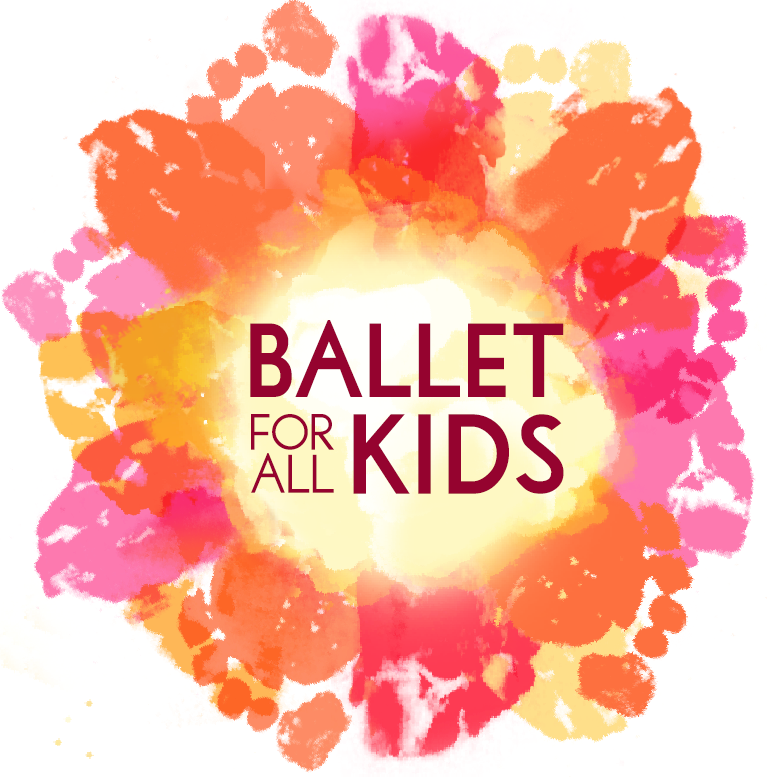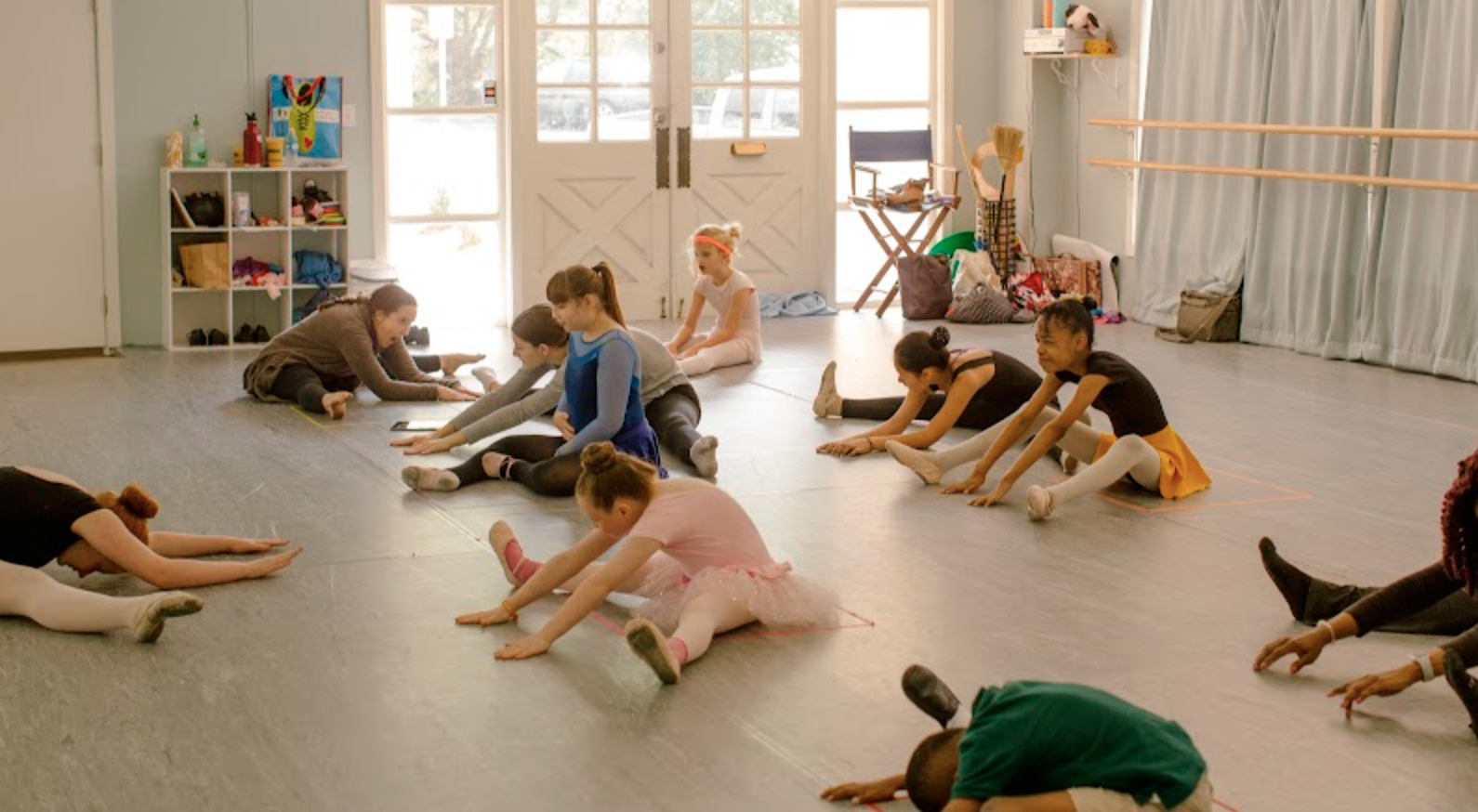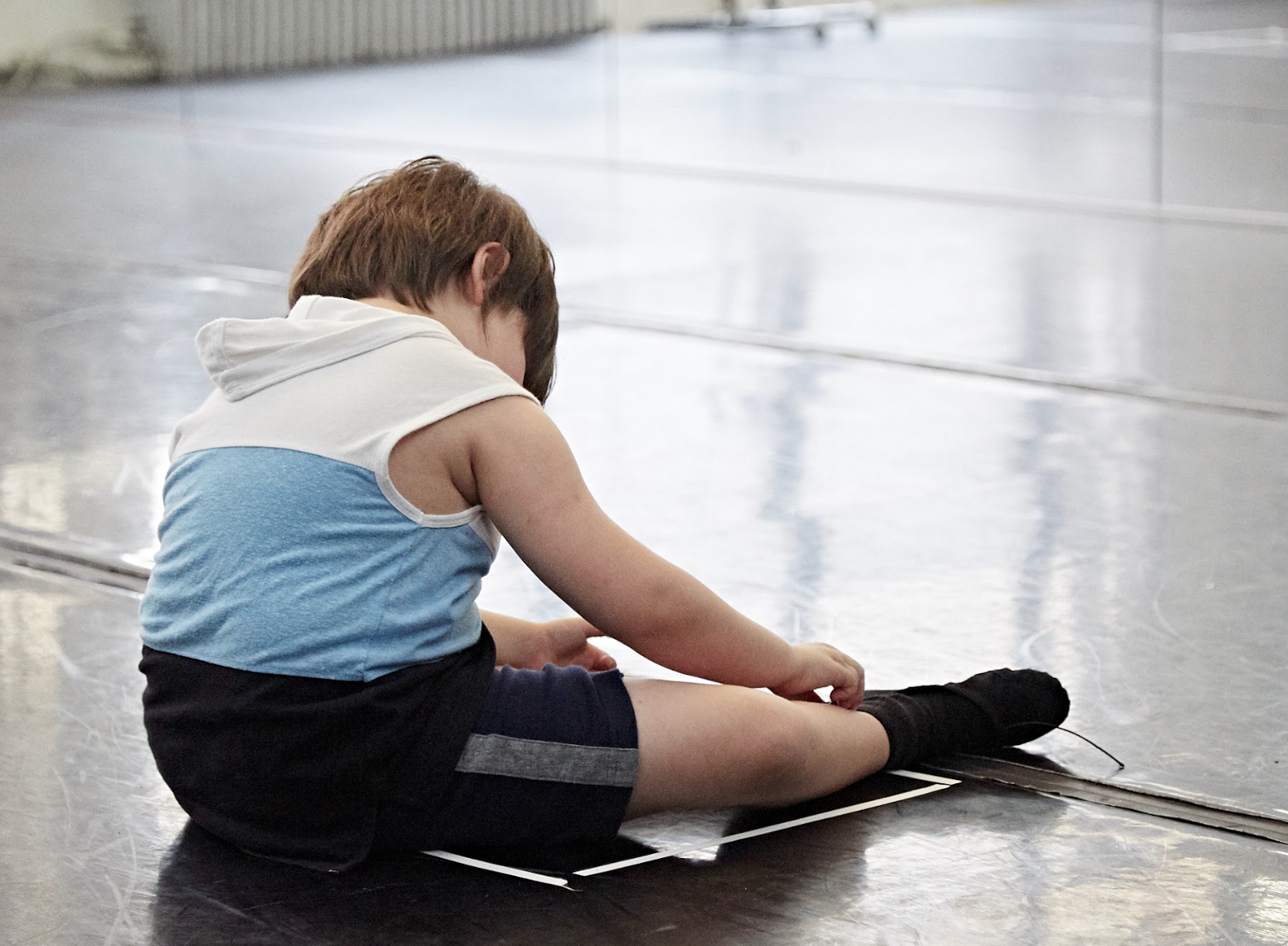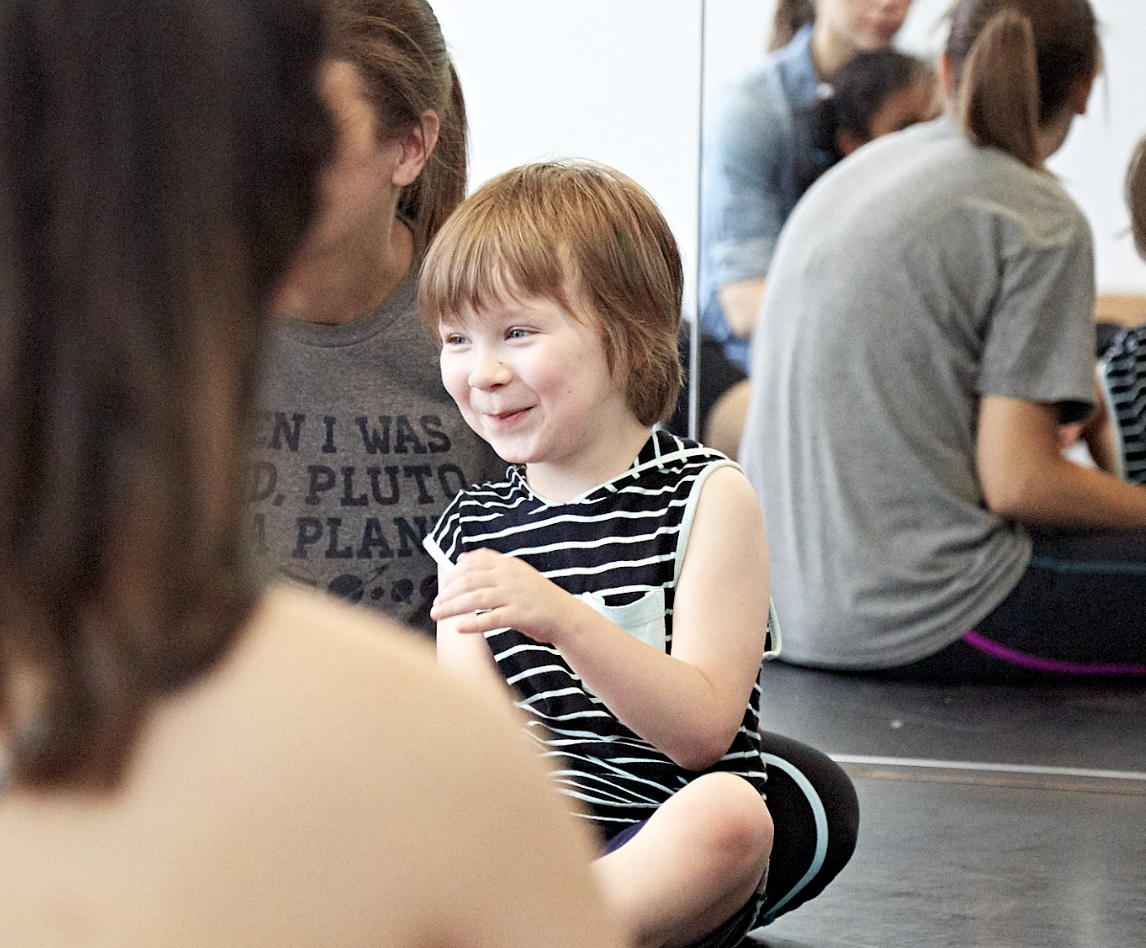The Schlachte Method
The Schlachte Method™ is our developed teaching style made to assist all children regardless of their abilities or disabilities, strengths or weaknesses, to learn and reap the benefits of a classical ballet education.
We believe every child has abilities that can be used as a springboard to learn new skills and enhance each child’s personal accomplishments. Therefore, the methodology uses a wide variety of teaching styles to accommodate all modes of learning and to strengthen each skill set area in all children.
Accommodates All
Learning Styles
-
The Schlachte Method™ employs various visual teaching methods to assist the visual learner and teach visual learning skills. Some examples include: utilizing a visual schedule, color-coded and clearly designated personal work areas, use of mirrors, accompanying DVDs for classes, etc.
-
The Schlachte Method™ utilizes classical ballet music that was specifically composed for each class. All music was composed to assist the auditory learner and to teach the auditory skill of timing (when to move) and what emotion is being expressed. Likewise, all music was composed to correlate with the images and the story being told in the DVD.
-
This is exemplified through full body movement. The Schlachte Method™ focuses on every part of the body from facial expressions to the tips of the fingers to the toes. This method also assists each child in learning body awareness and physical coordination.
Likewise, these exercises teach spatial awareness through the designated spaces on the floor and through combinations completed with other students.
-
The first step in emotional intelligence is the ability to identify emotions. The Schlachte Method™ teaches children to identify emotions through body movements, musicality, and facial expressions. We also make significant efforts to make environments safe and have minimal sensory distractions so students can focus on expressing themselves emotionally without any anxiety or fear.
Backed By Science.
A Medical Student’s Reflections on Autism, Movement, and Orthopaedic Collaboration
The Journal of Bone and Joint Surgery • Icahn School of Medicine • Ballet For All Kids
The Health Benefits of Dance
Patricia T. Alpert • SAGE Publications
The effect of the Schlachte Method on the severity of autistic behaviors
University Of Pennsylvania • Wharton School • Ballet For All Kids
Parents’ long-term experiences in a recreational dance program for their children with autism spectrum disorder
Brown University • Barnard College • Ballet For All Kids
The effects of recreational dance interventions on the health and well-being of children and young people: A systematic review
Jan Burkhardt • Cathy Brennan • Arts & Health
Moving on the spectrum: Dance/movement therapy as a potential early intervention tool for children with Autism Spectrum Disorders
Mary Martin • Science Direct
Physical, cognitive, psychological and social effects of dance in children with disabilities: systematic review and meta-analysis
Tamara May et al • PubMed








